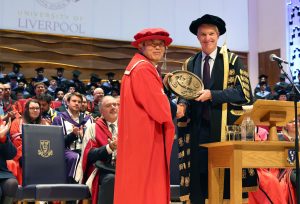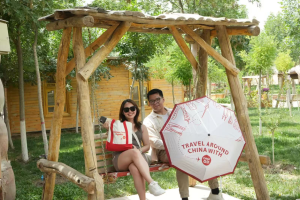07 Apr 2025
Recently, a new book introducing innovative teaching practices and methods with a critical focus on understanding and interpreting Chinese cities as a rich context has been published by Palgrave Macmillan Singapore.
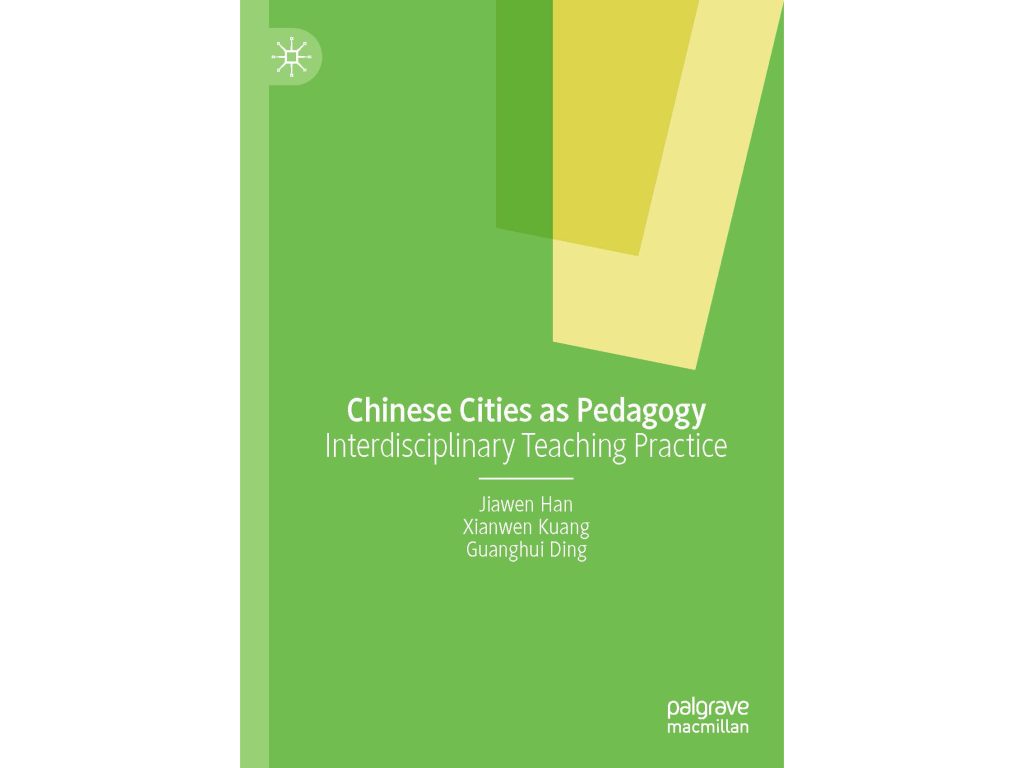
The book highlights the advantages of interdisciplinary teaching in creating new learning experiences for students. Additionally, it provides thorough mapping of the applied methods across disciplines and offers deeper reflections on the emerging pedagogy.
Titled “Chinese Cities as Pedagogy: Interdisciplinary Teaching Practice”, the book is written by three authors including Dr Jiawen Han from the Department of Architecture at the Design School of XJTLU, Dr Xianwen Kuang from the Department of Media and Communication at the School of Humanities and Social Sciences of XJTLU, and Dr Guanghui Ding, an independent researcher based in the US.
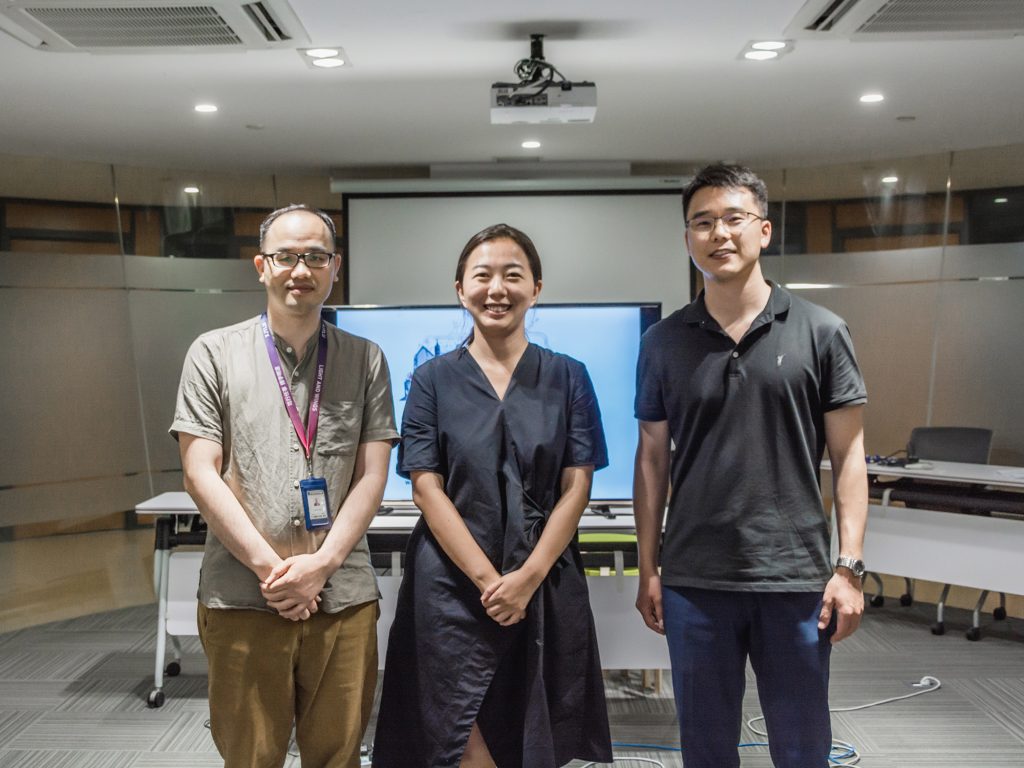
From left to right: Dr Xianwen Kuang, Dr Jiawen Han, Dr Guanghui Ding
The book is divided into three main chapters, each written by Dr Han, Dr Kuang, and Dr Ding, who explicitly introduce interdisciplinary teaching through a detailed exploration of the teaching process. The benefits, challenges, and best practices of interdisciplinary teaching are critically documented.
Each chapter includes a section introducing and reflecting on teaching practices in the Documenting Suzhou Workshop, and another section that critically examines respective interdisciplinary teaching practices by investigating Chinese cities at various levels.
The workshop “Documenting Suzhou” explored Suzhou’s dual identity as a historic and dynamic city, capturing overlooked elements like migration, everyday life, media environments, and architecture. Led by the three tutors, 15 students from architecture, urban planning, and media and communication studies engaged in on-site observations, interviews, and collaborative projects.
The participants translated their experiences into spatial drawings and edited videos, fostering immersive discussions. Encouraging free movement between groups, the workshop aimed to transform diverse perspectives into multidisciplinary narratives, highlighting Suzhou’s micro-level lives and spaces through collective documentation and analysis.
Dr Jiawen Han’s transdisciplinary teaching in city-based pedagogy emphasises the importance of emotions and big ideas in shaping students’ cognition, perception, and creativity. Students were encouraged to explore how Chinese cities, as complex systems, are connected to their individual lives and societal changes.
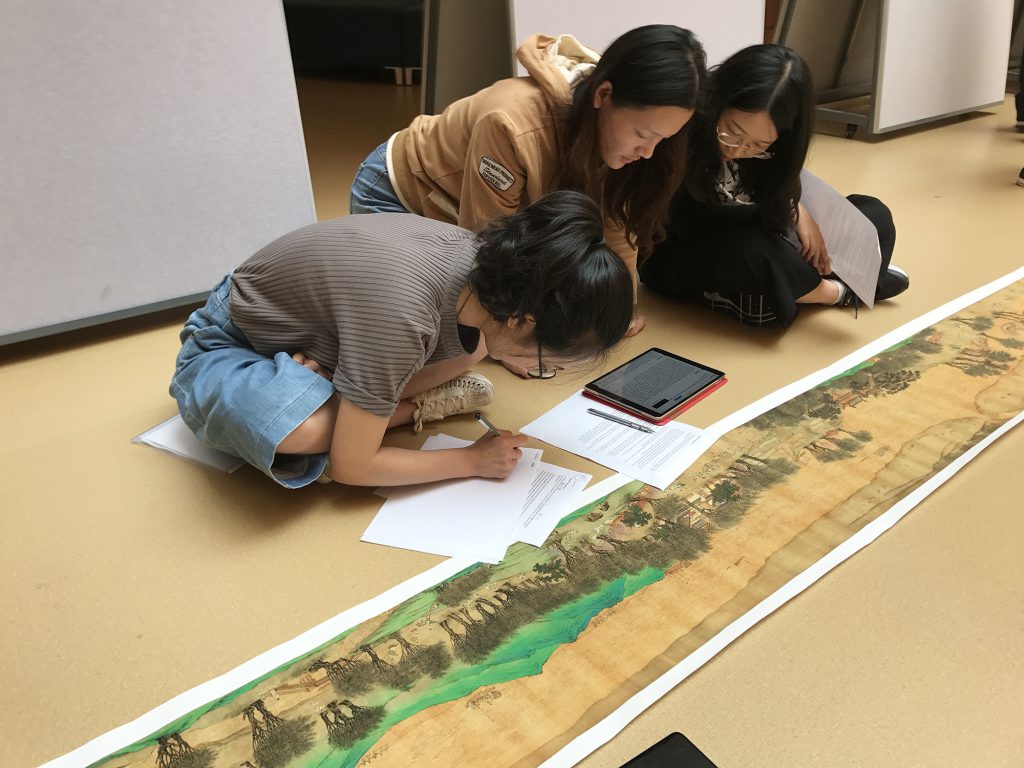
Teaching scenario
Dr Xianwen Kuang embraces synthetic interdisciplinarity in his teaching by integrating theories, concepts, and methods from different disciplines. Students were trained to develop a synthesised but unique perspective to understand the city, i.e. the city is not only represented by the media but also a medium that tells people its own stories.
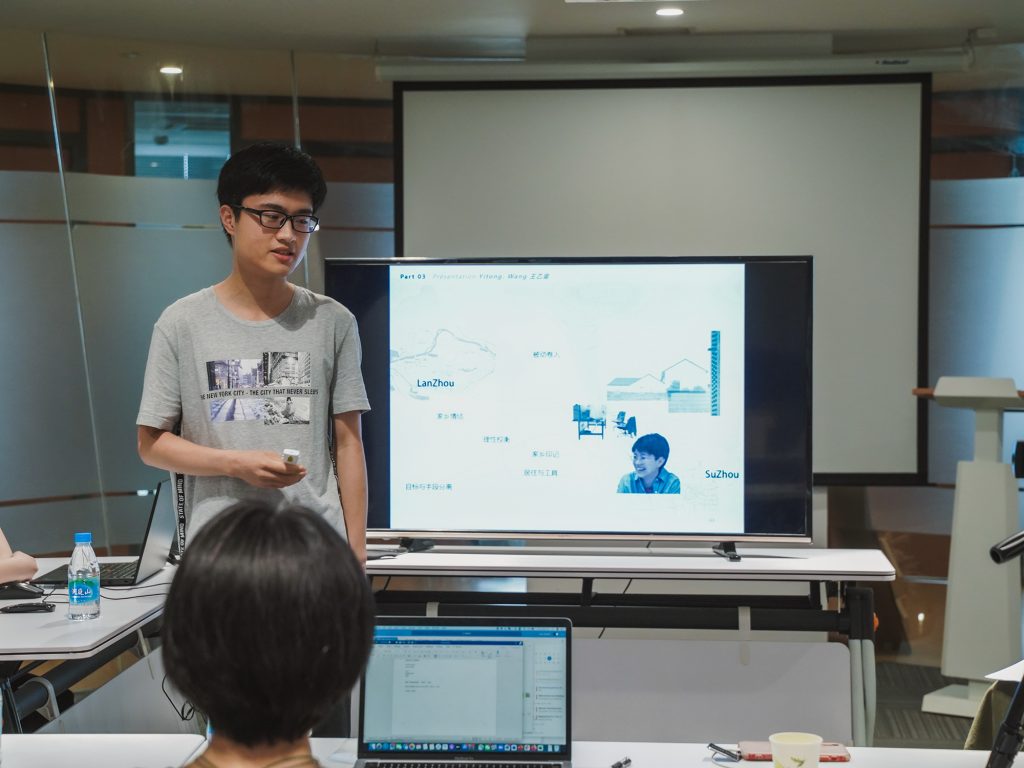
Teaching scenario
Dr Guanghui Ding’s informed interdisciplinary teaching on architecture criticism encourages students to draw from the concepts or theories of other disciplines, but always serves the purpose of addressing a question within the architectural discipline. Using criticism to analyse Chinese cities also helps students bridge the gap between their familiar surroundings and new perspectives.
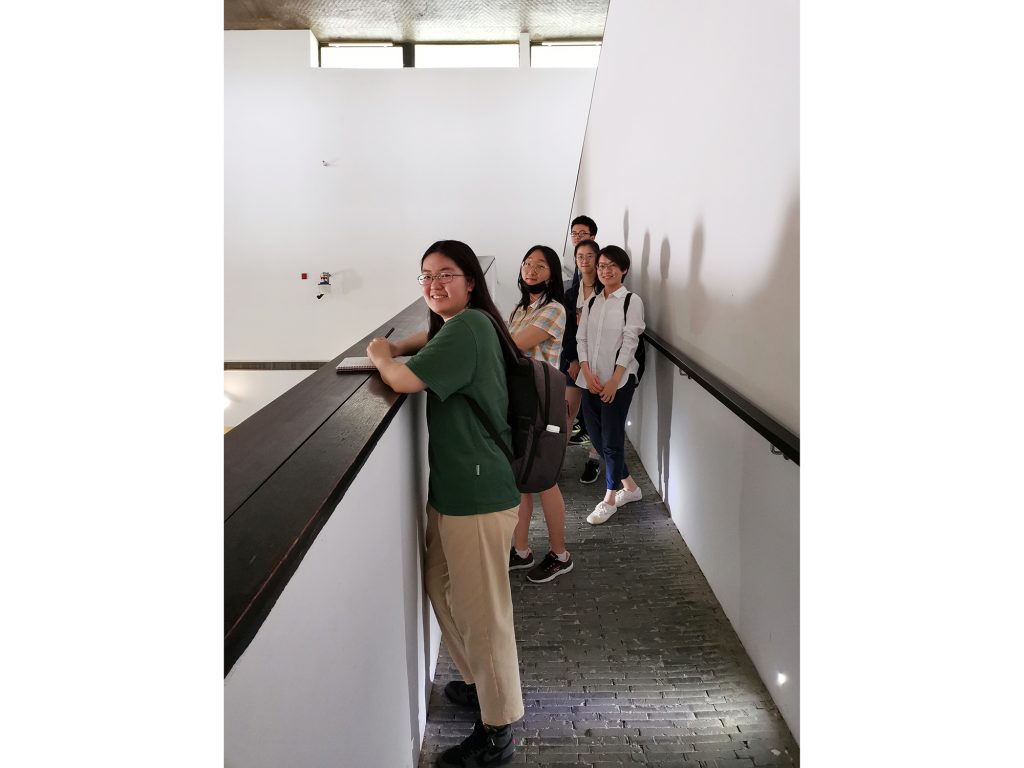
Teaching scenario
“Through a review of related concepts surrounding interdisciplinary teaching, the book suggests that Chinese cities serve as a rich and fertile ground for critical reflections within a pedagogical framework. These reflections have the potential to challenge existing teaching boundaries, concepts, and methods across various disciplines,” says Dr Han.
Photos courtesy of Jiawen Han, Xianwen Kuang, Guanghui Ding, Ruofan Lin, and Yiming Yao
Edited by Yi Qian
07 Apr 2025
